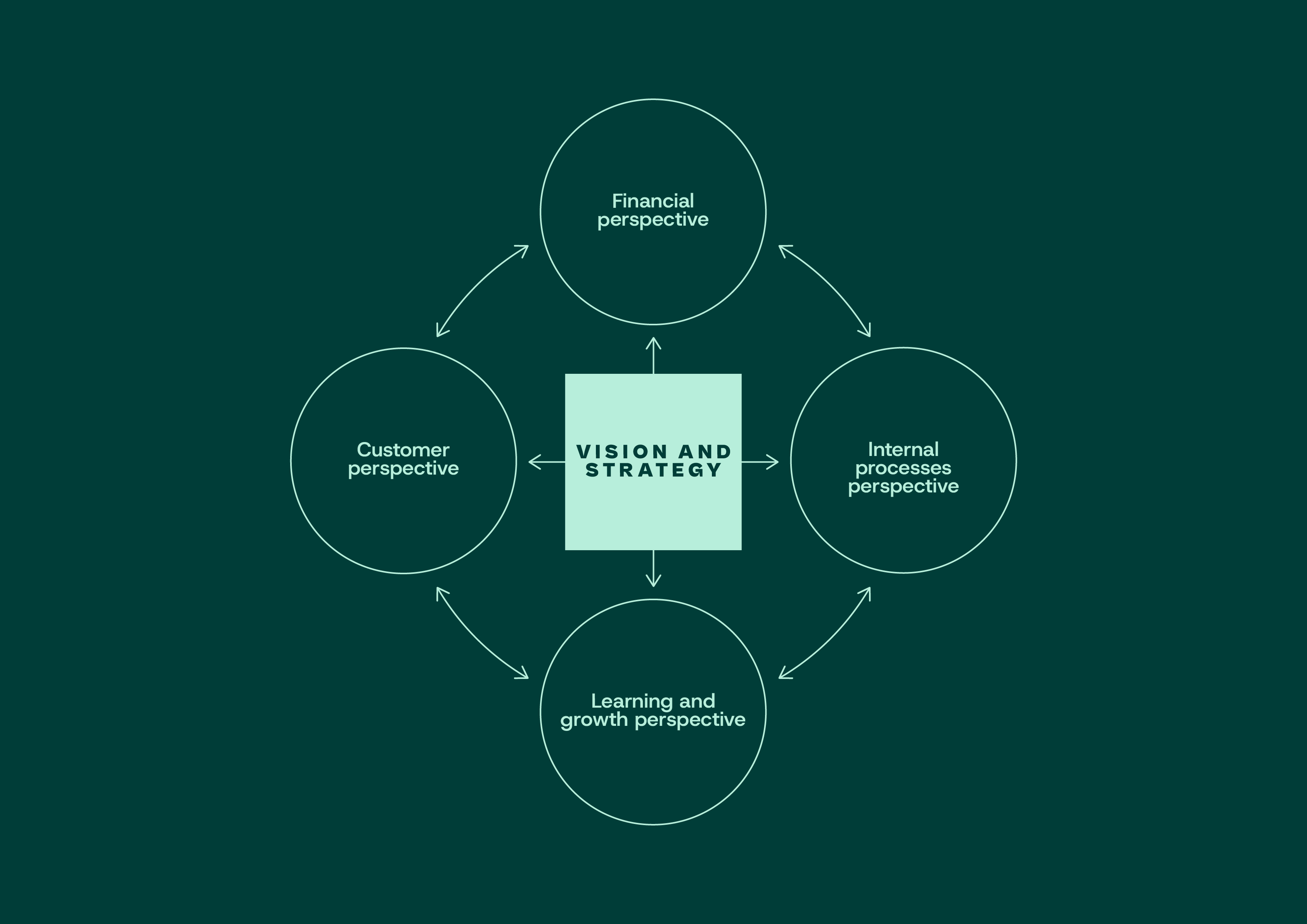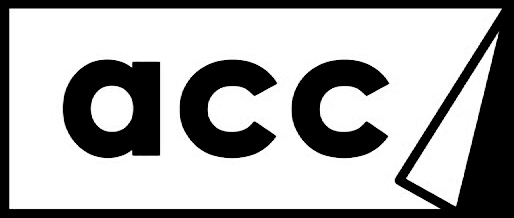Achieve your goals efficiently with the Balanced Scorecard

“What you measure is what you get.” With that sentence, Robert Kaplan and David Norton opened their 1992 Harvard Business Review article introducing the Balanced Scorecard. Their strategic planning and management system helps you measure the full picture of success — not just in euros, but also in customer loyalty, efficiency, and team capacity.
Thirty years later, the Balanced Scorecard remains the reference for turning complex goals into achievable results. At comma, we also use this tool to define clear, measurable parameters.
“The Balanced Scorecard is a powerful tool to make your goals visible — and your actions measurable.”
– Greetje Demuelenaere, comma
Kaplan and Norton noticed that many companies evaluated their performance mainly through financial results — revenue, profit, number of locations. Important, yes, but not the full picture. Success also depends on customer satisfaction, internal processes, and organizational growth.
That’s why they developed the Balanced Scorecard: a framework that translates both short- and long-term goals into a concrete, achievable action plan.
Think of it like a cockpit: to fly safely, you need to monitor several instruments at once. The same goes for running your business.
You start from your vision and strategy. Only then do you fill in the scorecard, working through four perspectives:
- Financial – How is my company performing?
Not just the numbers, but all the data that affect your financial health.
- Customer – What do my customers expect (and experience)?
How do customers perceive your company? How can you increase satisfaction and attract new ones?
- Internal processes – What do we excel at?
Which processes need to be optimized to achieve your desired outcomes?
- Learning & growth – How do we keep improving?
Human (skills & training), organizational (culture & structure), and informational (data & workflows)
For each perspective, you define critical success factors and translate them into KPIs. This way, even “hard-to-measure” performance becomes objective and comparable.
In the first phase you list your main objectives. Then you break them down into concrete actions. A "green box" above a goal in our templates marks the owner. That keeps responsibility clear.
- Start by setting your course: vision, mission and strategy.
- Clarify the context: complete your Business Model Canvas.
- Make goals tangible: formulate your Balanced Scorecard.
- Select success factors for each perspective and link KPIs to clear target values.
- Assign owners: designate a responsible person or department for each main goal.
- Ensure follow-up: agree on a regular schedule for measuring, evaluating and adjusting.
- Blank template to get started right away (available for download via our tools).
- Example scorecards show how goals in the different categories are interconnected. Think of it as a funnel: from strategy to actions, from broad to focused.
Yes, absolutely. A good scorecard takes some thinking. You need to define what you measure, how you measure it, and when. Our advice:
- Build it together: involve key people from different departments.
- Be realistic and complete: balance short-term and long-term goals.
- Keep a steady rhythm: measure and adjust regularly to stay on track and continue growing.





